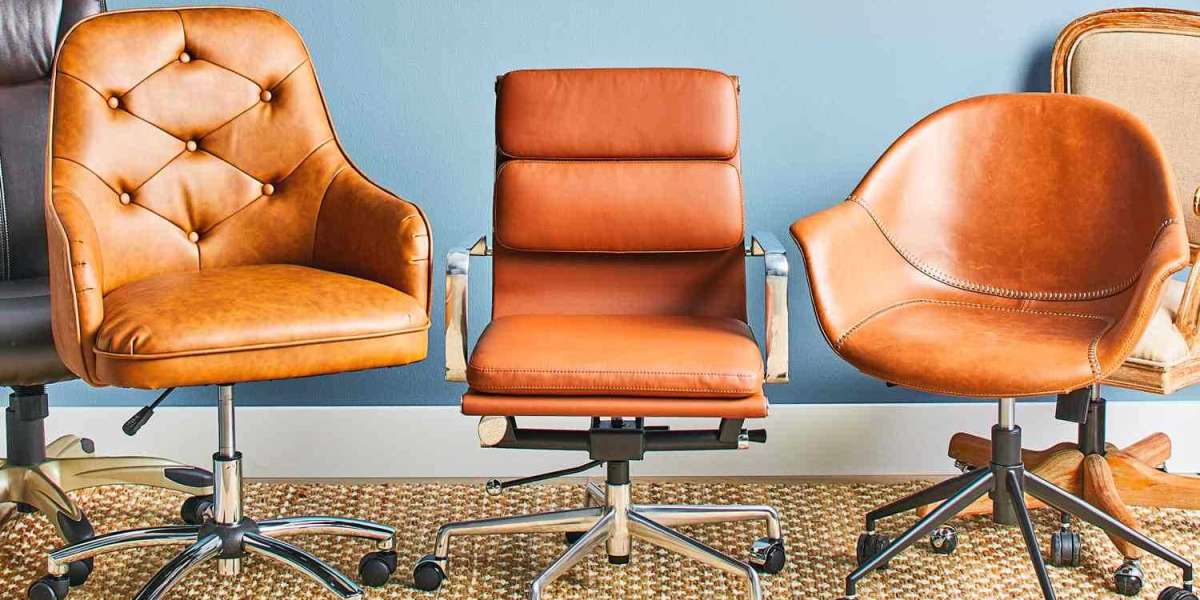Creating a collaborative workspace with flexible office furniture is essential for fostering creativity, communication, and teamwork in a modern office environment. Flexible furniture allows for easy reconfiguration, accommodates different work styles, and supports both individual and group tasks. Here’s how you can design a collaborative workspace with adaptable office furniture:
1. Prioritize Open Layouts
- Open Spaces: Open office layouts are ideal for collaboration. Choose furniture that complements an open-plan design, making it easy for employees to move around and engage with one another. Modular furniture that can be rearranged quickly is perfect for this setting.
- Breakout Areas: Create zones or breakout areas for impromptu meetings, brainstorming sessions, or group discussions. These spaces should have flexible seating arrangements, such as movable chairs and tables that allow for quick changes based on team size or activity.
- Examples:
- Use modular desks and tables that can be easily moved and arranged to accommodate different group sizes.
- Portable partitions can create semi-private zones for focused work without fully isolating employees.
2. Modular and Movable Furniture
- Reconfigurable Desks and Tables: Modular desks and tables allow teams to easily reconfigure the workspace to suit their needs. These desks can be moved, expanded, or grouped for collaborative tasks, then separated for individual work.
- On-Wheels Furniture: Desks, tables, and storage units on wheels offer maximum flexibility. Employees can quickly move them around to create new configurations, whether for a brainstorming session or a project meeting.
- Examples:
- Mobile sit-stand desks can be used in various configurations, allowing employees to choose how they work based on their task or preference.
- Movable tables for larger meetings can be rolled in and out as needed, making space for collaboration when necessary.
3. Flexible Seating Options
- Collaborative Seating: Opt for seating that encourages interaction. Round tables with comfortable chairs or couches can facilitate casual discussions. Benching systems (long, shared desks) are great for group work, as they enable teams to collaborate closely.
- Varied Seating Arrangements: Incorporate different seating types—such as stools, lounge chairs, and standing desks—to give employees the flexibility to work in a way that suits them best. This variety promotes comfort, creativity, and spontaneous collaboration.
- Examples:
- Collaborative seating like circular benches or “booth” setups allows small groups to work together easily.
- Provide flexible chairs that swivel or can be rolled, making it easy for employees to shift from solo work to group tasks.
4. Collaborative Zones and Shared Spaces
- Designated Team Zones: Dedicate specific areas of the office to team collaboration. Furnish these zones with flexible tables, mobile whiteboards, and modular seating to encourage creativity and interaction. These spaces should allow for easy reconfiguration to meet the needs of different projects or teams.
- Multi-Purpose Spaces: Create spaces that serve multiple purposes, such as a lounge that doubles as a meeting area. Furniture like modular sofas or soft seating can make these areas comfortable for casual meetings or individual work when not in use for group activities.
- Examples:
- Modular sofas that can be arranged in different layouts provide flexibility for team meetings or informal discussions.
- Incorporate shared standing desks or high-top tables where employees can collaborate for short meetings or quick updates.
5. Height-Adjustable Desks
- Sit-Stand Workstations: Flexible desks that adjust for both sitting and standing work allow employees to choose their preferred posture throughout the day. This not only promotes ergonomics but also fosters more dynamic work styles, with employees able to stand during quick brainstorming sessions.
- Team Sit-Stand Desks: Provide team-based sit-stand desks that can easily be adjusted to accommodate the group’s needs. These desks can support collaborative work while offering the health benefits of alternating between sitting and standing.
- Examples:
- Height-adjustable desks can be used for individual work but quickly converted into standing collaborative tables for team meetings.
- Multi-user sit-stand workstations encourage movement and adaptability, fostering an active, engaged work environment.
6. Shared Storage and Organization
- Mobile Storage Units: Use mobile storage units that can be moved around the office as needed. This flexibility helps teams organize shared materials and provides easy access to resources without cluttering individual workstations.
- Centralized Storage: Provide shared filing cabinets or shelving units that teams can access from different parts of the office. These storage solutions help reduce clutter and keep the workspace organized while maintaining a flexible environment.
- Examples:
- Movable file cabinets or carts provide easy access to documents or materials during group meetings or collaborative work sessions.
- Shared lockers or storage walls can be used to store personal items while maintaining a clean and organized workspace.
7. Technology Integration
- Tech-Ready Furniture: Choose furniture with integrated technology features like built-in charging ports, outlets, and cable management. This allows employees to collaborate without worrying about finding power sources for their devices.
- Interactive Tools: Incorporate technology such as smart boards, digital whiteboards, or collaborative screens into the office furniture. This enhances teamwork by allowing employees to share and present ideas quickly.
- Examples:
- Conference tables with built-in charging stations keep devices powered up during meetings and collaborative work.
- Interactive whiteboards that are easily moved around the office allow teams to brainstorm and visualize ideas on the spot.
8. Acoustic Solutions
- Sound-Absorbing Furniture: In collaborative workspaces, noise can sometimes be an issue. Choose furniture that includes acoustic materials to help absorb sound, such as high-backed lounge chairs or room dividers with soundproofing properties.
- Acoustic Pods and Booths: For tasks that require focus or confidential discussions, create acoustic pods or phone booths where employees can work without distractions. These solutions offer flexibility by providing quiet zones in an otherwise open space.
- Examples:
- Use acoustic panels on modular furniture or install sound-absorbing dividers to reduce noise in collaborative areas.
- Acoustic booths can provide a quiet space for phone calls or one-on-one meetings without requiring separate offices.
9. Personalization and Comfort
- Customizable Workspaces: Allow employees to personalize their workstations. Flexible furniture, such as adjustable chairs and desks, enables workers to modify their space based on their preferences and comfort levels, leading to greater satisfaction and productivity.
- Comfort-Driven Furniture: Incorporate comfortable elements, such as ergonomic chairs, soft seating, and supportive cushions, to make collaborative spaces inviting. People are more likely to engage and collaborate in a space that feels comfortable and welcoming.
- Examples:
- Ergonomic chairs that can be adjusted for different body types help ensure that all employees feel comfortable.
- Provide soft, casual seating in breakout areas to encourage relaxed, creative collaboration.
10. Incorporating Flexibility for Future Growth
- Scalable Furniture Solutions: Choose furniture that can grow with your business. Modular systems that can be added to or reconfigured allow for flexibility as teams expand or as workspace needs change.
- Long-Term Flexibility: Invest in adaptable furniture that can be reconfigured or reused in different ways, ensuring that the office remains dynamic and meets future collaboration needs.
- Examples:
- Modular desk systems that can be expanded with new sections allow for scalability as your team grows.
- Furniture with interchangeable parts, such as stackable chairs or collapsible tables, offers versatility for future office changes.
Conclusion
Designing a collaborative workspace with flexible office furniture promotes creativity, communication, and adaptability. By prioritizing open layouts, using modular and reconfigurable furniture, and incorporating ergonomic and technology-ready solutions, you can create a dynamic environment that meets the evolving needs of your team. Investing in flexible office furniture not only enhances productivity but also creates a more engaging and collaborative work culture.








